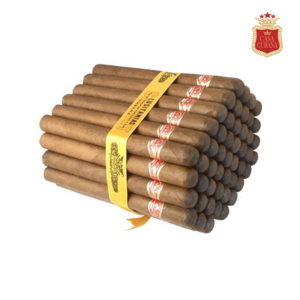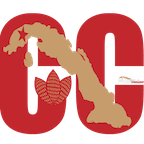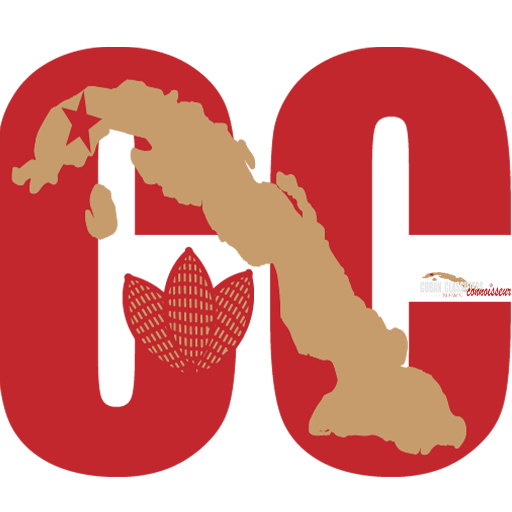The history of the Partagás brand
The story of a tobacco brand and the vicissitudes of its creator, a Catalan who created in Cuba one of the most recognized tobacco empires in the world

Smoking is a great, sensual pleasure …, says a very popular song and although today the harmful consequences that this act has for health are widely publicized, there are many in the world who bet on tobacco, with an emphasis on the cigar Cuban, thanks to the prestige gained through quality.
Among the most famous brands is Partagás, founded in 1845 by Jaime Partagás, a Catalan who arrived in Cuba 13 years earlier, when he was only 14 years old.

At that time it was known that a Catalan, also named Juan Conill, had made a lot of wealth on the island and provided support to those who came from his land, hence the adolescent went to meet him, according to several digital pages.
A respected figure, Conill enjoyed prestige in the Havana trade, since he owned sugar, gravel and coffee businesses and also owned several tobacco shops where Partagás would learn to collect the leaf, twist cigars and sell them, but above all to see in the appetizing business of smoke an inexhaustible source of money.
Thus he created his factory “La flor de tabacos Partagás”, in the City of Havana and as this business was good for him, he acquired the Hato de la Cruz farm, in the municipality of Consolación del Sur, province of Pinar del Río, to grow your own tobacco.
The registration of its first brand, La Flor de Cabañas de Partagás y Cía., Motivated the lawsuit with the Cabañas and González-Carvajal family, whose litigation lasted for years and ended with the prohibition of using such a name for the products that it had been marketing.

Later – according to several websites – its famous flagship brand was born: La Flor de Tabacos de Partagás, which was traditionally known as Partagás and would become the most famous and well-known internationally.
Then fame reaches out to him and he becomes the creator of one of the most recognized tobacco empires in the world, without even suspecting that envy was laying siege to him.
There was a time when advertisements reminded smokers: Partagás and nothing else or by smoking the penalties go by, and if you smoke Partagás, you will never have them…; However, life set a trap for the enterprising Catalan.
But the stores erected by Partagás on his farm were also the cause of enmity with the owners of other neighboring establishments, whose owners felt rivalry for the success of the establishments of Don Jaime, who was also the second manufacturer to introduce reading to Havana. of tobacco shop.
June 18 in 1868 was his fateful day, being hit by a blunderbuss shot, although death did not come at that time.
Stubbornly traveling to Havana injured, he never reached his destination and died 29 days after the tragic event in Pinar del Río
His confrontation with the Cabañas and with Pedro Mato, also Catalan, in partnership with Ramón Novell, with whom they adjoined their stores in Vueltabajo, was known.
The black slave author of the blunderbuss, Pedro Díaz, a worker on his farm, appeared dead one fine day and took the secret to the grave of the person who paid him to carry out the murder.
His widow Catalina Puig and their children, José, Teresa, Clementina and Adela, who were associated with the Asturian Juan Antonio Bances and González to finally sell the factory, its brands and the lands of Pinar del Río, remained as owners of the factory and farm. according to publications from Habana Radio.
Today as then, Partagás is a brand of cigars among the preferred by smokers in the world and the product continues to be made with raw material from Vueltabajo, and identified by its inimitable richness and aroma.

